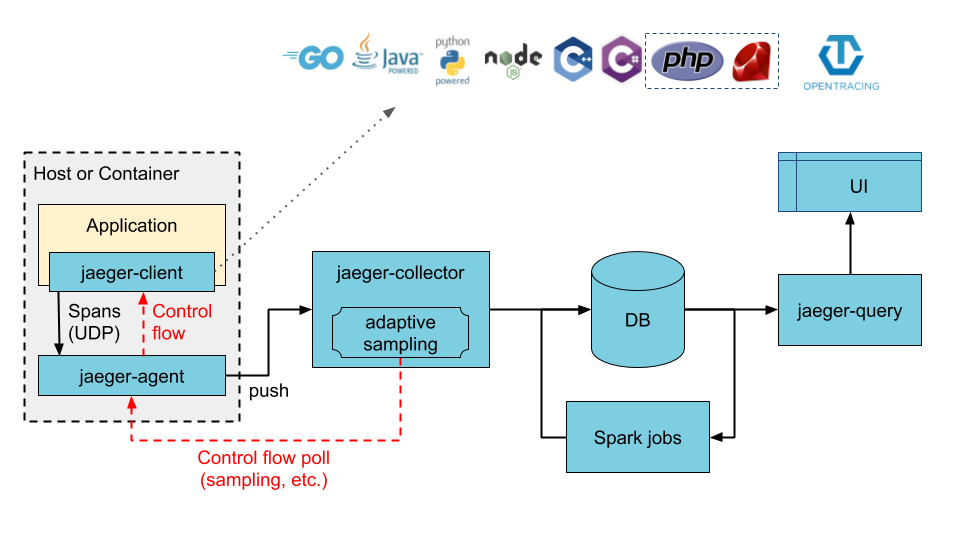The Model Context Protocol is basically JSON-RPC with extra steps, but those steps matter when you're trying to get multiple AI agents to work together. Instead of building custom APIs between every agent, you get a standardized way for them to discover each other's capabilities and exchange messages.
The Three Layers That Matter
Host Layer: This is your main application - the thing that coordinates everything. Could be Claude Desktop, VS Code, or whatever you're building. The host spins up MCP clients to talk to your various agents. In production, you'll probably run this in Docker containers or Kubernetes, because of course you will.
Client Layer: These handle the actual connections to agent servers. Each client maintains one connection to one server - no sharing, no pooling initially. Clients validate JSON schemas (which will break), retry failed requests (which will happen a lot), and log everything (which you'll need for debugging). The Spring AI MCP SDK is probably your best bet if you're in the Java ecosystem.
Server Layer: Your individual agents live here. Each one exposes tools, resources, and prompts through JSON-RPC 2.0. They declare what they can do using JSON Schema - and yes, version mismatches will bite you here. Agents crash, schemas drift, and connection handling is harder than it looks.
Agent Coordination Patterns (AKA Ways Things Can Break)
Hierarchical Orchestration: One coordinator agent farms out work to specialized agents. Works great until the coordinator becomes a bottleneck or dies. Pro tip: the coordinator will become a bottleneck.
Peer-to-Peer: Agents talk directly to each other. Sounds elegant until you're debugging a circular dependency between your data agent and analytics agent at 3am. Distributed system problems are still distributed system problems.
Event-Driven: Agents publish events and subscribe to what they care about. Great for loose coupling, terrible for debugging. When something breaks, good luck figuring out which agent in the chain shit the bed.
Production Reality Checks
Schema Versioning Hell: Agent A updates its schema, Agent B breaks, and now nothing works. The MCP GitHub repo has examples of backward-compatible schema evolution, but you'll still spend way too much time on this.
Authentication Nightmares: Every agent needs to authenticate with every other agent. OAuth 2.0 tokens expire at the worst possible moments. Mutual TLS setup takes longer than building the actual agents.
Network Partitions: Agent servers run on different machines, networks fail, agents think each other are dead when they're just slow. Circuit breakers help, but add complexity.
Connection Pooling Lies: The docs say connection pooling is optional. It's not. You'll need it, and implementing it properly is harder than you think. AWS Lambda cold starts make this worse.
The protocol eliminates some custom integration work, but you're still building a distributed system. That means all the usual distributed systems problems apply: network latency, partial failures, and debugging nightmares. MCP just gives you a standard way to have these problems.

